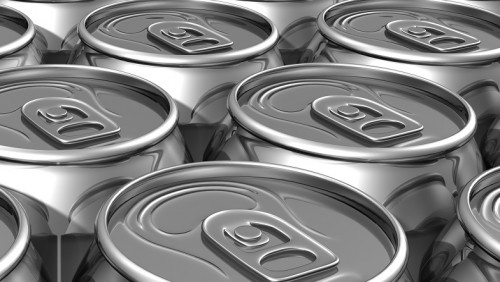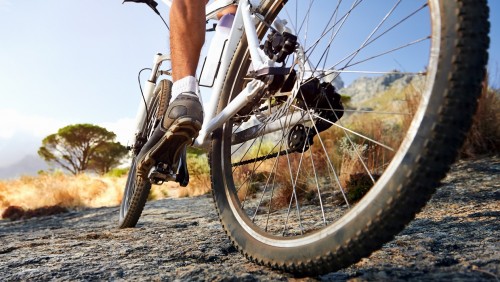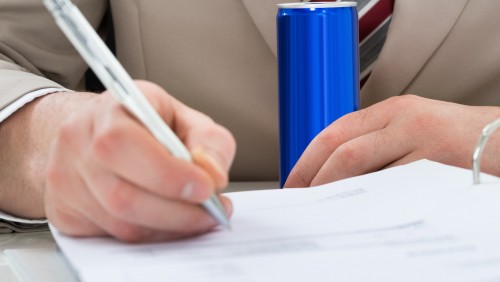Get the Facts
Energy drinks are popular non-alcoholic caffeinated beverages that are consumed globally. Learn the facts, get the latest, and find out more about what's in them.
Exlpore More

What is an energy drink?
Energy drinks are non-alcoholic beverages that generally contain caffeine and other ingredients, such as B vitamins and taurine.

Who are energy drinks for?
Energy drinks are functional beverages that can be enjoyed by a range of people. For some, they serve as a morning pick-me-up in place of coffee. For others, they are one more beverage choice that may be enjoyed for variety, caffeine or simply taste. Leading energy drink manufacturers do not recommend that energy drinks be consumed by children, pregnant or breastfeeding women, or people who are sensitive to caffeine. This information is voluntarily included on the label of energy drinks that follow the ABA Guidance for the Responsible Labeling and Marketing of Energy Drinks.
-
A typical 8.4-oz energy drink contains 80 mg of caffeine, while a typical 16-oz energy drink contains 160 mg of caffeine. Both have a caffeine concentration of 10 mg/oz. This is about half the caffeine of a similar-sized cup of coffeehouse coffee, which typically has 330 mg caffeine per 16-oz - or approximately 20 mg of caffeine per ounce.
-
In the U.S., energy drinks and their ingredients are regulated by the U.S. Food and Drug Administration (FDA) under the Federal Food, Drug, and Cosmetic Act (FD&C Act). American Beverage Association (ABA) member companies – which represent 95 percent of the energy drinks sold in the U.S. -- go above and beyond mandatory requirements by complying with the ABA Guidance for the Responsible Labeling and Marketing of Energy Drinks.
-
Caffeine is caffeine, regardless of the source! Whether you enjoy a hot coffee, iced tea or energy drink, you may encounter caffeine through naturally occurring or added sources - or perhaps both. Whether naturally occurring in coffee, tea or chocolate, or added to beverages like soda and energy drinks, it’s the same ingredient. This means that drinking an energy drink would have the same effect on caffeine blood levels, and physiological effect, as drinking coffee with comparable levels of caffeine. The amount of caffeine you consume is the most important part of managing your caffeine intake.
-
Energy drink labels contain a wealth of information for consumers. Leading energy drinks voluntarily disclose the total quantity of caffeine – from all sources – on a per can/bottle basis. For multi-serving containers, the total quantity of caffeine is disclosed on a per serving basis. Leading energy drinks also voluntarily include advisory statements such as “Not (intended/recommended) for children, pregnant or nursing women (and/or persons/those) sensitive to caffeine.”
-
Cold brew coffee tends to contain higher levels of caffeine than coffee made with warm or hot water, and certainly more caffeine than most mainstream energy drinks. This is due to the extended steeping time during processing which results in higher caffeine concentrations, which can often be many times that of a mainstream energy drink.

Energy drinks and alcohol
Energy drinks are non-alcoholic beverages. Importantly, under the ABA Guidance for the Responsible Labeling and Marketing of Energy Drinks, energy drinks are not promoted to be mixed with alcohol. The balance of evidence, including recent risk assessments from the European Food Safety Authority (EFSA) and the UK Committee on Toxicity, suggests that combining caffeine and alcohol does not present a safety concern or reduce or alter the perception of alcohol-induced intoxication.

Energy drink safety
The safety of mainstream energy drinks has been recognized by the world’s leading health authorities, including – the U.S. FDA, Health Canada, the European Food Safety Authority (EFSA) and the Food Standards Australia New Zealand (FSANZ).
What's in an Energy Drink?
Learn about the ingredients most commonly found in energy drinks.
A History of Energy Drinks
Energy drinks have been around for longer than most people realize.